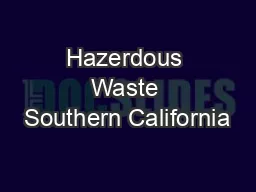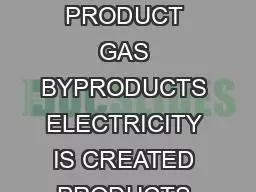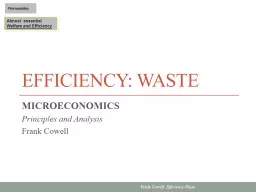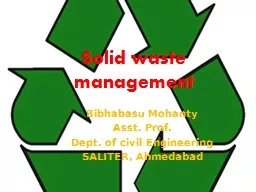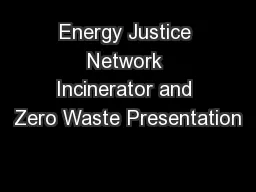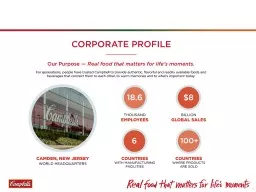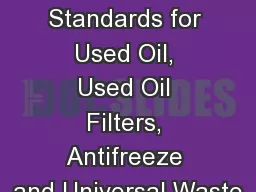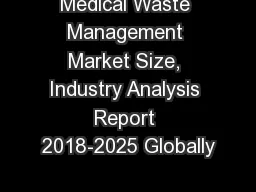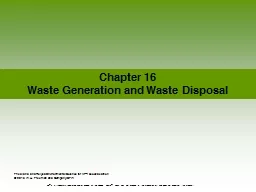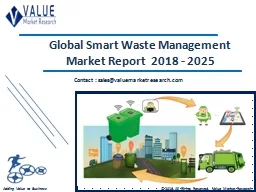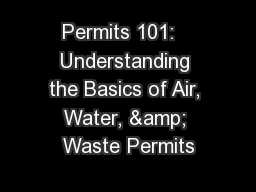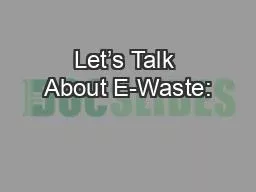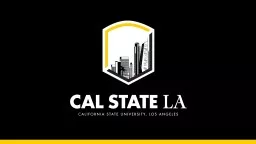PPT-Is Waste a Good Source
Author : alexa-scheidler | Published Date : 2016-09-04
of Energy Dr Jeffrey Morris Sound Resource Management Group Inc Olympia WA 98502 jeffmorriszerowastecom Tel 3608671033 Earth Wind amp Fire Energy Summit Oct 4
Presentation Embed Code
Download Presentation
Download Presentation The PPT/PDF document "Is Waste a Good Source" is the property of its rightful owner. Permission is granted to download and print the materials on this website for personal, non-commercial use only, and to display it on your personal computer provided you do not modify the materials and that you retain all copyright notices contained in the materials. By downloading content from our website, you accept the terms of this agreement.
Is Waste a Good Source: Transcript
Download Rules Of Document
"Is Waste a Good Source"The content belongs to its owner. You may download and print it for personal use, without modification, and keep all copyright notices. By downloading, you agree to these terms.
Related Documents


